Banjeo (반저)
3.9Km 2021-03-29
56, Daehak-ro 8ga-gil, Jongno-gu, Seoul
+82-2-742-9779
It's a great place to hold group dining and group meetings. This restaurant's signature menu is steamed pumpkin. This Korean dishes restaurant is located in Jongno-gu, Seoul.
Darakjeong (다락정)
3.9Km 2021-03-26
131-1, Samcheong-ro, Jongno-gu, Seoul
+82-2-725-1697
Darakjeong has been popular for a long time because of the simple taste of its traditional Mandu (Korean stuffed dumpling). Since its opening in 1991, tasty soup and scrumptious Mandu have been served. A fist-sized Mandu is fully packed with seasoned meat, bean-curd, and various vegetables. Its thick dough makes it chewy and delightful. For one person, “Manduguk”(boiled dumpling soup) is a good choice. The delicious and nourishing taste of Mandu goes well with the sweet, spicy, and fresh taste of the soup. Manduguk is served in a brass bowl which keeps the food warm while eating. For a large-size group, “Mandujeongol” cooked with various vegetables in a casserole is recommended. There are two types of Mandujeongol that have different tastes. The main characteristic of “Kimchi Mandujeongol” is its spicy flavor, which reminds people of the refreshing taste of Kimchi soup, and “Tojang Mandujeongol” expounds on the savory taste of bean-paste soup. Tojang means folk soybean-paste. “Nokdujeon”(a Korean pan-fried dish with green mung bean) is another famous dish at Darakjeong, which is pan-fried with a very light seasoning to emphasize the original taste of Nokdu (green mung bean). Salted oysters with hot pepper are served with Nokdujeon instead of soy sauce, which is a perfect match.
Stay Passport Sindang Ryokan (스테이 패스포트 신당 료칸)
3.9Km 2025-04-25
33, Nangye-ro 11-gil, Jung-gu, Seoul
Wan Chai (완차이)
3.9Km 2019-04-10
50-7, Myeongmul-gil, Seodaemun-gu, Seoul
+82-2-392-0302
Wan Chai is a Chinese restaurant with a name meaning "spicy," and is a must-visit for those who love spicy food. Rather than the original spicy Chinese Sichuan cuisine, a small amount of Korean spices have been added to create even better tasting dishes.
The most popular item on the menu is a large plate of reddened mussels known as the Extra Spicy Stir-fried Mussels. The dish is a mixture of spicy red peppers, garlic, and spicy sauce, stir-fried to perfection. Many customers also come in for the gul jjamppong (spicy noodle soup with oysters). Even the jajangmyeon (noodles in black bean sauce) tastes great here, with clean-tasting black soy bean sauce. Finally, for dessert, lychee is served, a unique treat to finish off a meal at Wan Chai.
Kongnamul Jangsu (콩나물장수)
3.9Km 2021-03-18
94, Dongsung-gil, Jongno-gu, Seoul
+82-2-763-7999
This is a Korean cuisine located in Daehak-ro, Seoul. The best menu at this restaurant is stir-fried bean sprouts and pork. Kongbul (bulgogi with bean sprouts) is a spicy dish of fried pork with bean sprouts.
Nunnamujip (눈나무집)
3.9Km 2020-06-16
136-1, Samcheong-ro, Jongno-gu, Seoul
+82-2-739-6742
Nunnamujip is famous for a North Korean dish called, “Kimchi mari guksu”, which is a noodle dish in cold kimchi soup containing toasted laver, a boiled egg, and sesame. The soup is refreshingly cold and a little spicy. For “Kimchi mari bap”, a bowl of rice is put into cold kimchi soup instead of noodles. The taste is very unique. In addition to Kimchimari, “Tteokgalbi” is a popular dish on the menu as well.
The main restaurant is located in the basement, which has only limited seating capacity with a few tables. As a result, many people usually wait in line for lunch or dinner. A second franchise has opened in a three-story building across the street. To enjoy a quaint atmosphere, the first establishment is better, but the new one’s interior design is much more modern and fancier, giving it a fresh altering look.
Hangeureut (한그릇)
3.9Km 2021-03-18
136, Samcheong-ro, Jongno-gu, Seoul
+82-2-720-5613
A store that also serves delicious meat noodles. The best menu at this restaurant is rice soup. This is a Korean cuisine located in Jongno, Seoul.
Jeju Heukdwaeji Sundaegukbap (제주흑돼지순대국밥)
3.9Km 2021-03-18
113, Dongsung-gil, Jongno-gu, Seoul
+82-2-741-9504
This is a Korean cuisine located in Daehak-ro, Seoul. Sundaeguk (Korean sausage soup) is a Korean traditional soup with sundae (Korean pork sausage). The best menu at this restaurant is blood sausage and rice soup.
Santuario Munmyo y Complejo Sungkyunkwan en Seúl (서울 문묘와 성균관)
3.9Km 2021-06-24
Sungkyunkwan-ro 31, Jongno-gu, Seúl.
+82-2-760-1472
Munmyo es un santuario en honor a Confucio, cuyas enseñanzas son la base del confucionismo. Está dedicado a sus discípulos y a otros eruditos también. Munmyo no solo es un santuario sino que también fue la institución educativa más importante de la dinastía Joseon.
El complejo contiene dos áreas principales: el Daeseongjeon, que alberga santuarios; y el Myeongryungdan, que tiene salones para seminarios y otras instalaciones. También hay dos dormitorios, Dongjae y Seojae, que en conjunto se denominan Sungkyunkwan. Frente al Myeongnyundang se yergue un gingko que es Monumento Natural N°. 59. En primavera y otoño se celebra un rito conmemorativo en honor de Confucio y sus discípulos.
Woomoolzip en Changsin (우물집 창신점)
3.9Km 2023-09-11
Changsin-gil 200, Jongno-gu, Seúl
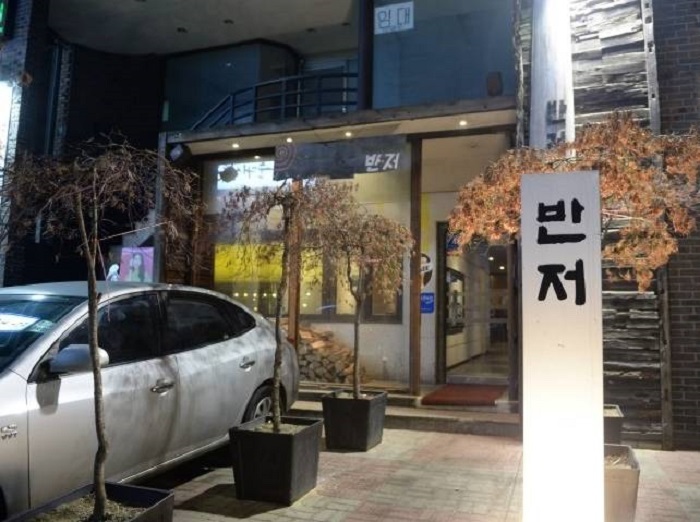
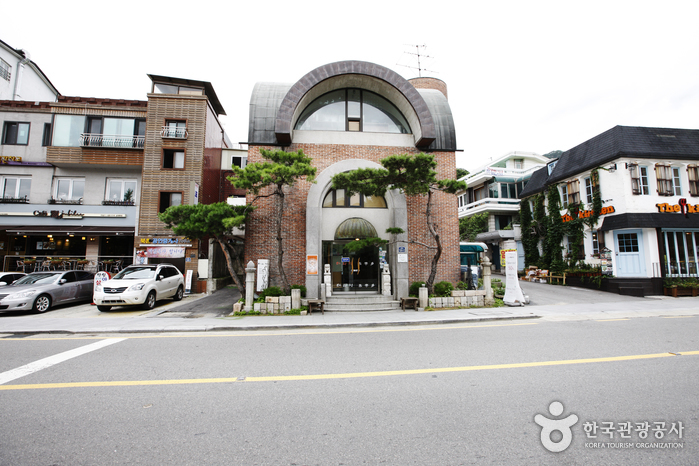
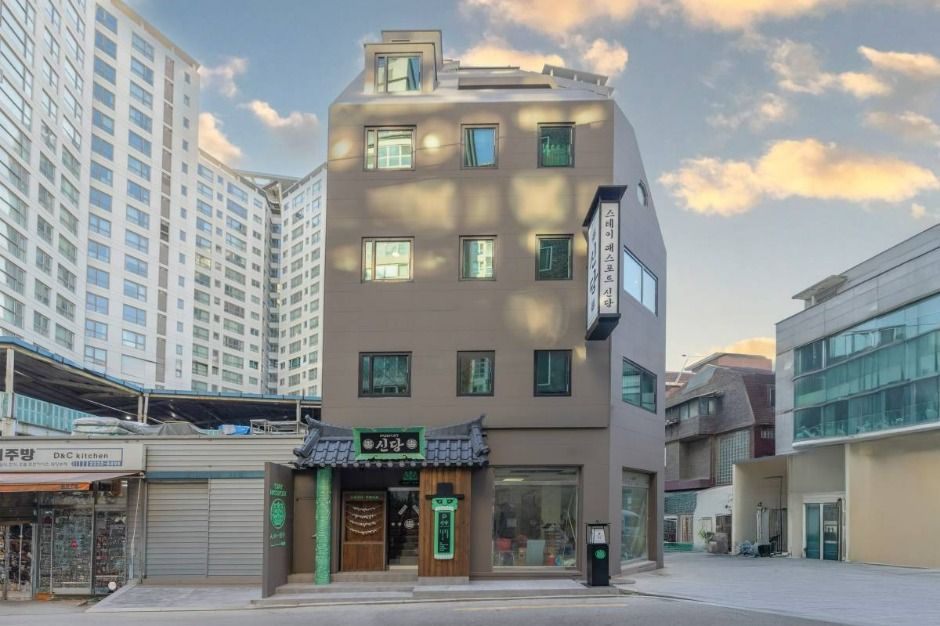

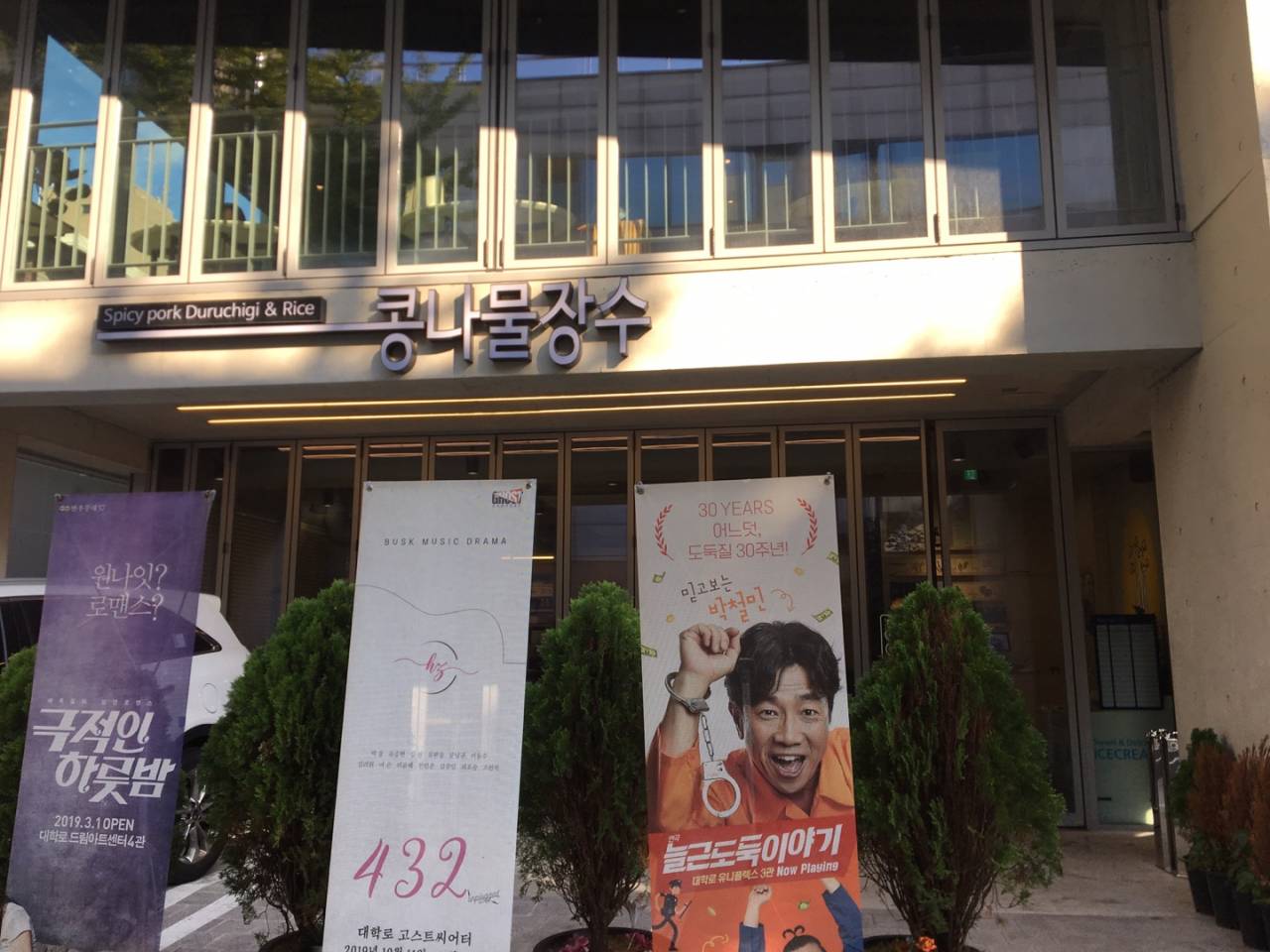
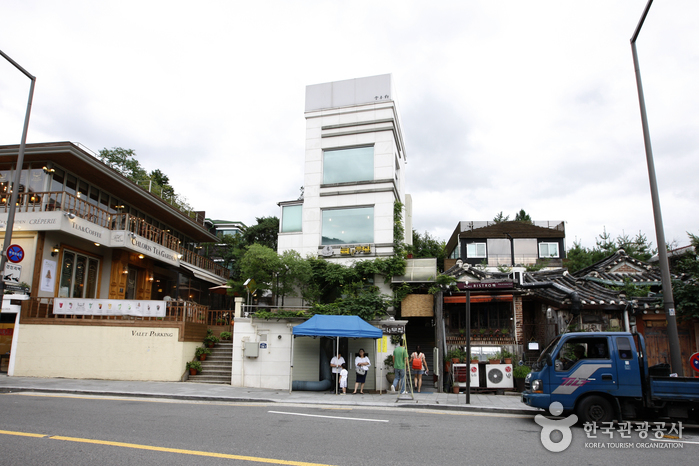
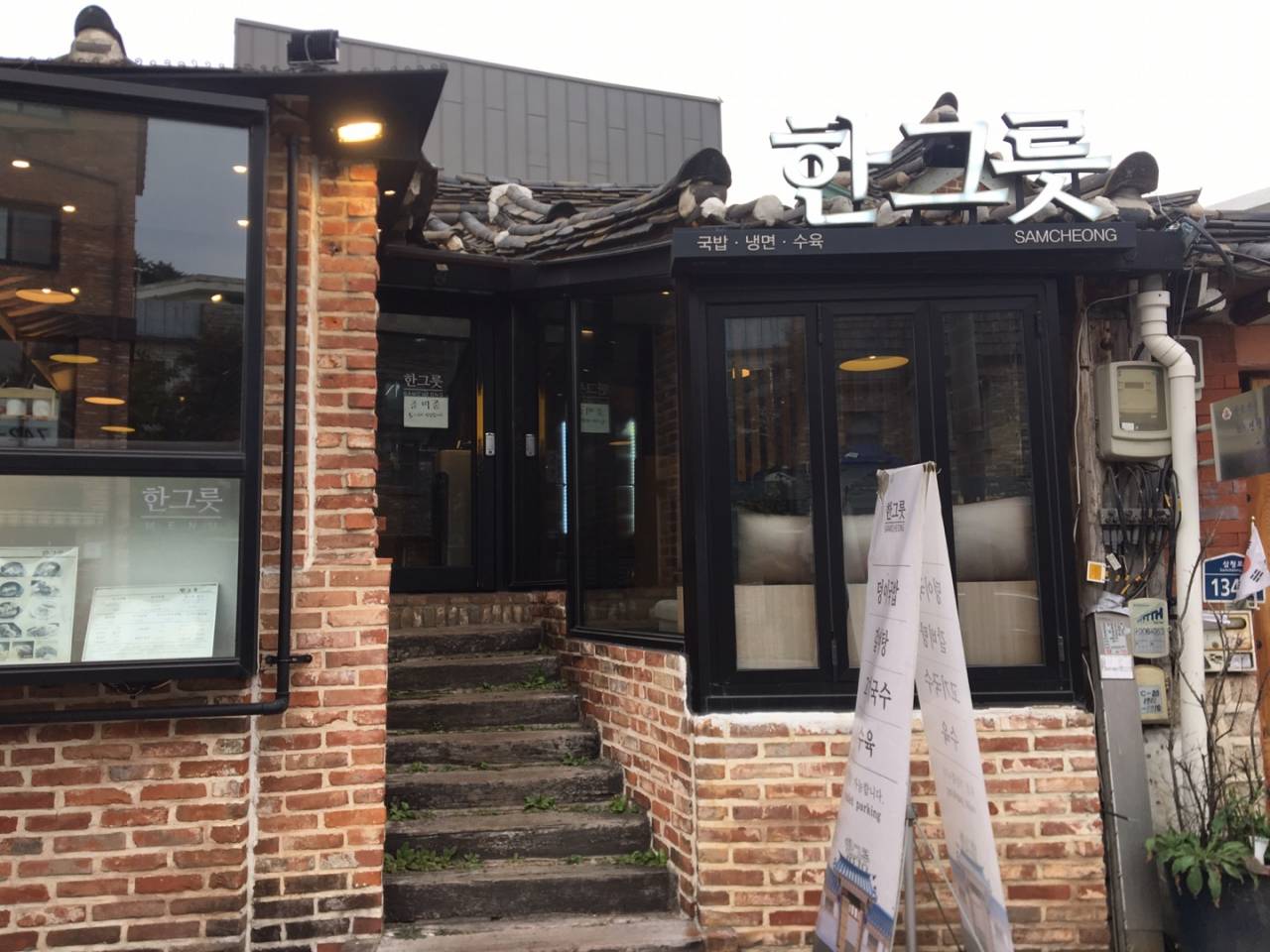

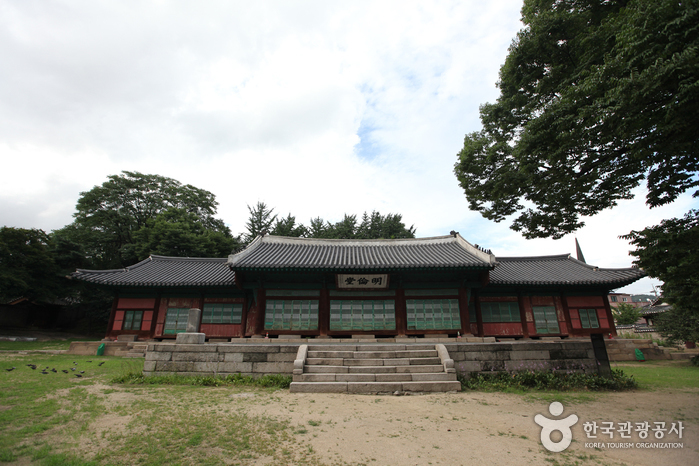
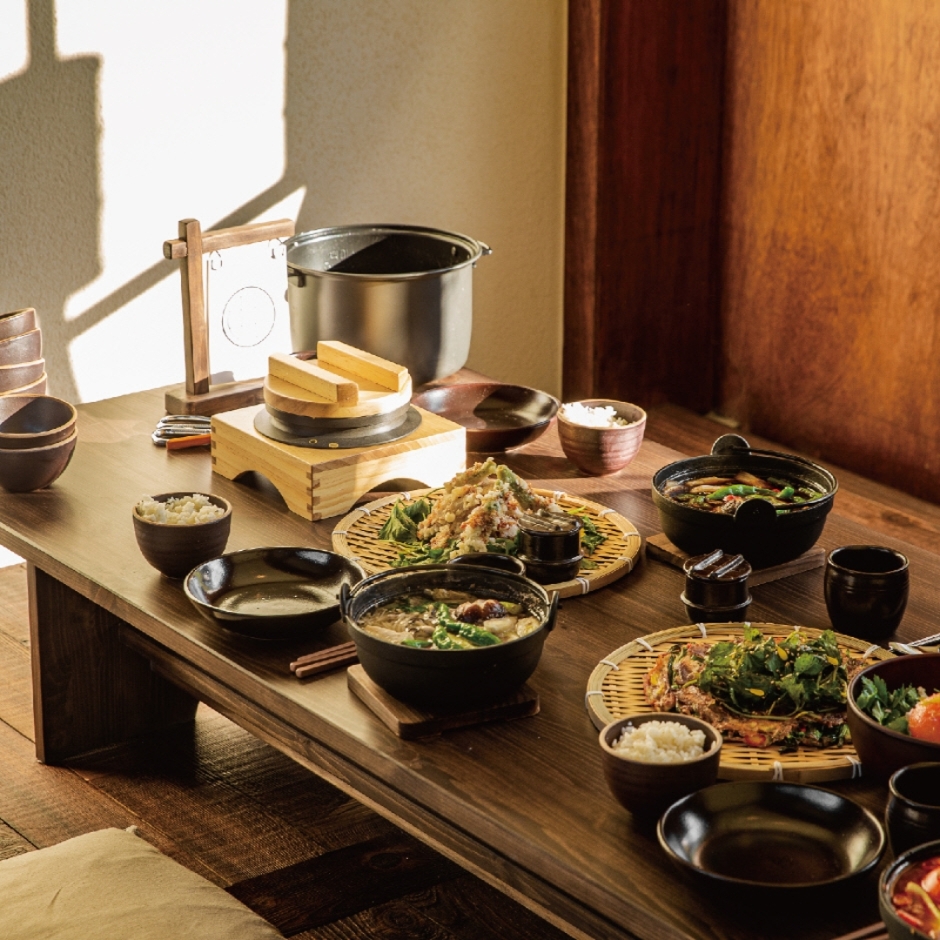
 Español
Español
 한국어
한국어 English
English 日本語
日本語 中文(简体)
中文(简体) Deutsch
Deutsch Français
Français Русский
Русский